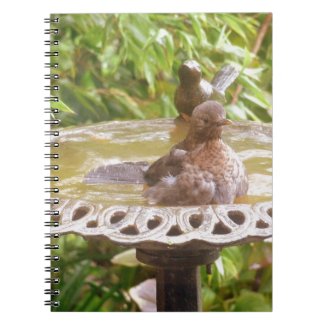My favorite style of restaurant can best be described as ‘simple and plentiful’. In other words, just home-style comfort foods. I do not care for spicy or fancy or exotic. Just give me simple plain food in a family friendly atmosphere. My family calls me ‘Plain Jane’ due to my boring food preferences. 🙂
Because of my food likes and dislikes, finding restaurants I enjoy is not always easy. But last week I found the perfect one and after two visits in less than a week, it has now become my ‘go-to’ favorite.
In case you are thinking you would not be able to enjoy my new favorite restaurant, you will be pleased to know that it is part of a franchise which includes 161 diners in 13 states…. And growing. It’s called the Black Bear Diner.
The Black Bear Diner Celebrates Thirty Years
The first Black Bear Diner opened in September 1995 in Mt. Shasta, California. The owners, Bruce Dean and Bob Manley, believed in a welcoming place where friends and families could gather for abundant portions of quality food at a fair price.
Each Black Bear Diner has a bear-themed, cabin-like cozy environment. They believe in serving large portions of favorite homestyle meals of good old-fashioned comfort food such as homemade meatloaf, chicken fried steak, chicken pot pie, pot roast and fish & chips. Naturally, there are also hamburgers and chicken fingers and specialty sandwiches, soups and salads on the menu. Plus, they also serve fantastic breakfast meals and breakfast is available all day!
A favorite line from the Black Bear Diner advertising says:
If your big bear-sized dinner just didn’t quite fill you up, don’t forget to check out their amazing display of desserts for just $5-6
Check out a sample menu at Black Bear Diner - Menus.
Personal Opinion
My first visit with my family was for brunch on Easter Sunday where I had a platter of delicious french toast made with sourdough bread. Yum!
Later that week, we returned to our local Black Bear Diner for dinner. I had the Fish & Chips served with French fries, homemade coleslaw and homemade tartar sauce. The tarter sauce was fantastic and the lightly battered and fried Cod fillets were the best I’ve ever had.
Each of the meal choices of the rest of my family (son, daughter-in-law, and two grandsons) were just as well received and definitely thoroughly enjoyed, even though their food preferences include a much wider range of foods than mine do. :) And, because of the very generous portions served, we each brought home leftover takeaways!
Summary
The 160+ chain of Black Bear Diners are currently serving the Western side of the United States. Since the chain began in California, the largest number (over 60) can be found there, particularly in the northern part of the state. Quite a few Black Bear Diners are found in Arizona, Colorado, Washington State, Utah and Oregon.
Another large grouping of these diners are now found in Texas, with a smaller number in Nevada, Idaho and Oklahoma. At last count, we discovered there are two Black Bear Diners each in Kansas and Missouri.
*It is interesting to me to note that the two Kansas diners are in the two Kansas towns I have lived in (Garden City where the hubs was from and where two of our children were born, and Olathe ~ a suburb of Kansas City ~ where I currently live).
The Black Bear Diner concept states that they are always growing and continuing to expand east with a goal of being coast-to-coast. Meanwhile, if you live in or are traveling to one of the western states which have Black Bear Diners, I highly recommend them.
- Click here for a list of Black Bear Diner locations.
- For more Restaurant Reviews click on: Restaurant Reviews: US
Black Bear Merchandise
*Black Bear Diner Restaurant Review was written by Wednesday Elf























































